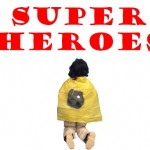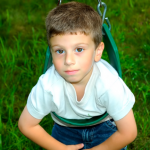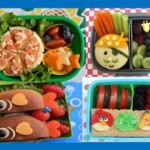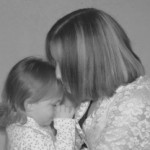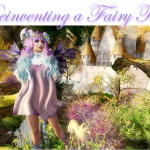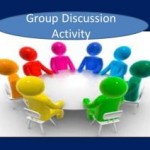
Before teaching my unit on prenatal care, I like to find out what my students already know about the subject. Sometimes aGroup.Discussion.Activity great way to do this is to have an all out brainstorm, discussion type of session prior to getting into individual lesson topics. This activity gets students thinking about the positive and negative consequences of choices that need to be considered while pregnant. Not only does this activity get students thinking, but it allows for them to discuss their ideas as well. The discussions can be in partners, small groups or as a whole class. Students can be given a participation grade based on the oral sharing of their ideas. In order to receive their points, they must share aloud. This gets those shy, quiet students you never hear from involved.


